Hiking Trails in the Adirondacks:
Logger's Loop Trail
| This page is no longer being updated. For an updated and expanded version of this material, see: Adirondack Nature Trails: Logger's Loop Trail |
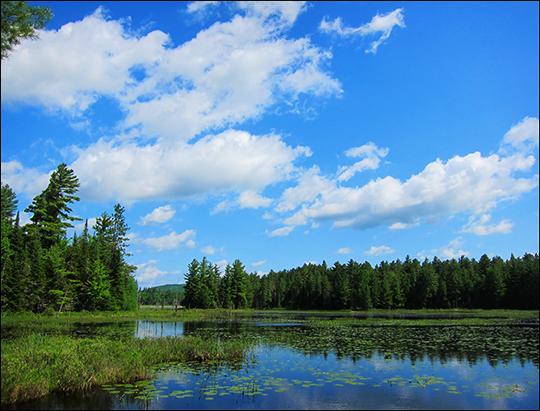
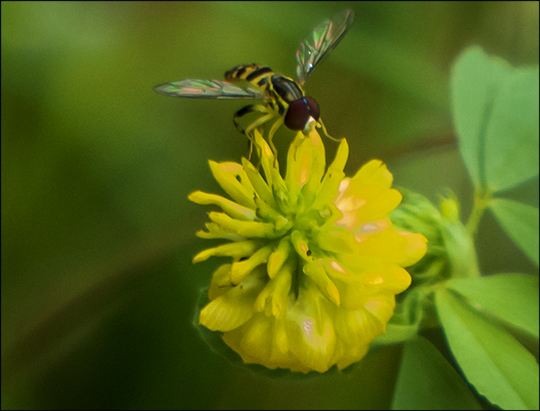

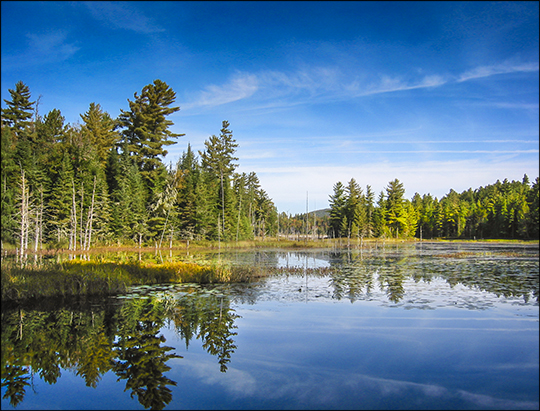
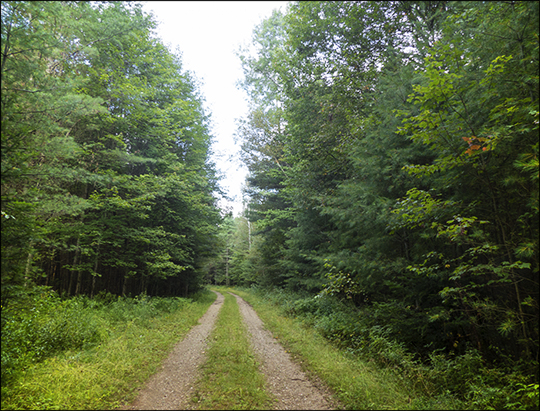
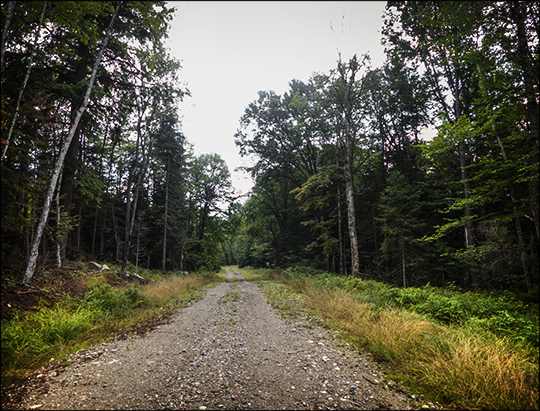

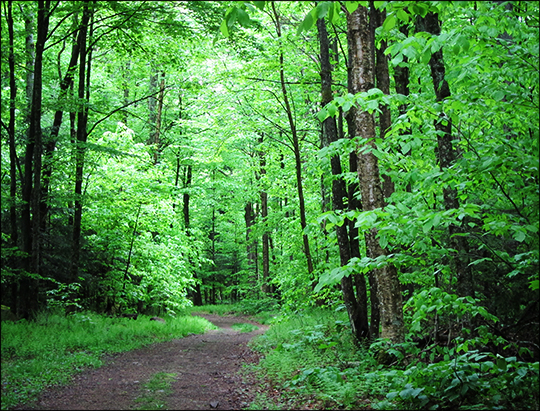
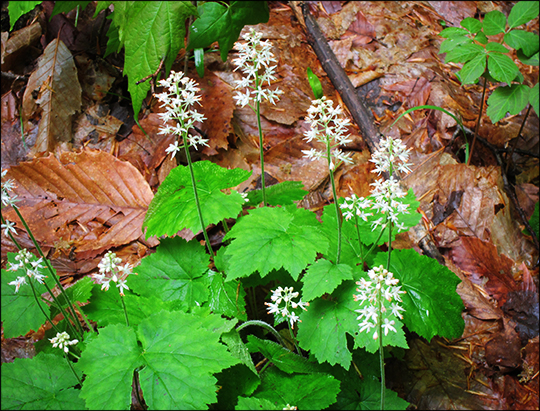

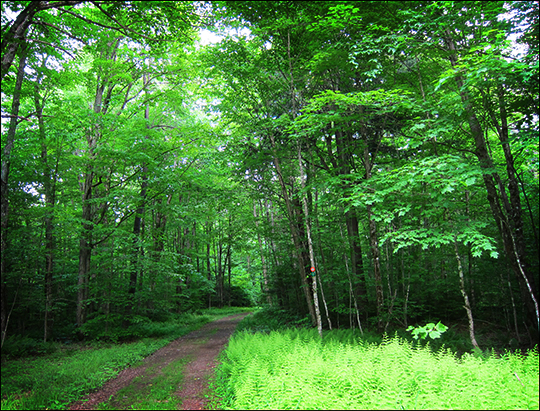

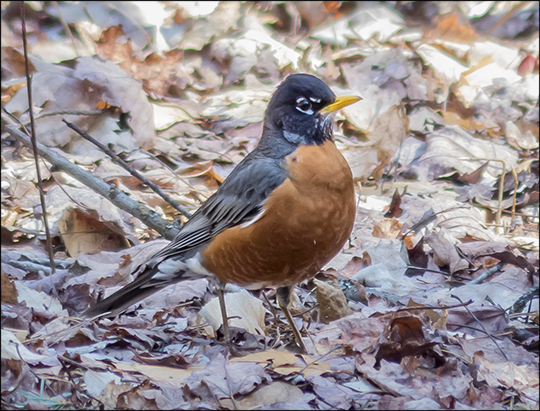
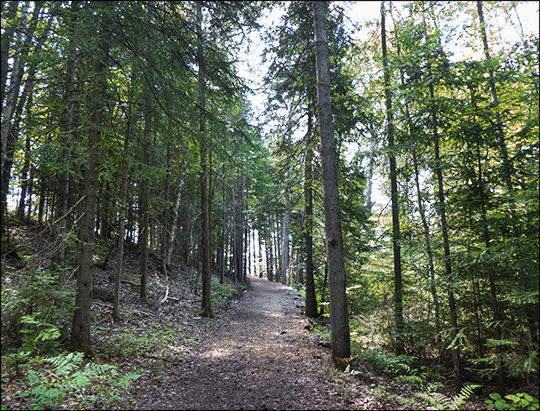
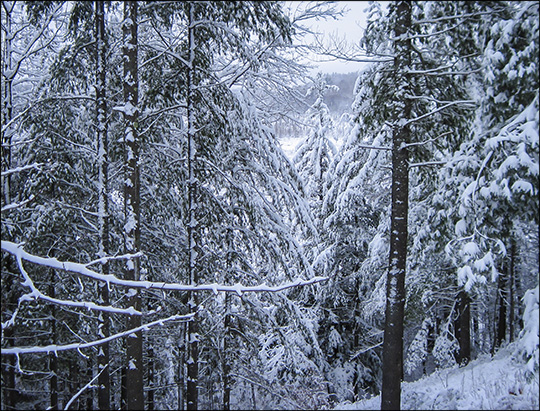
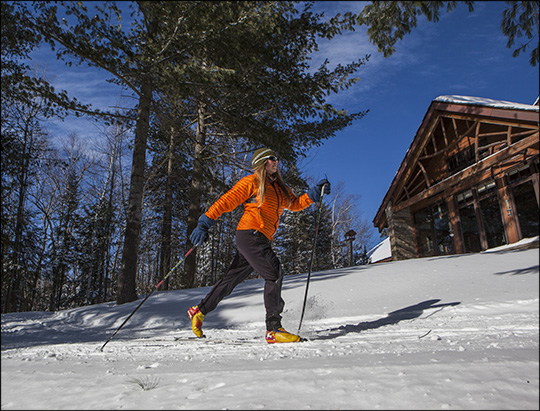
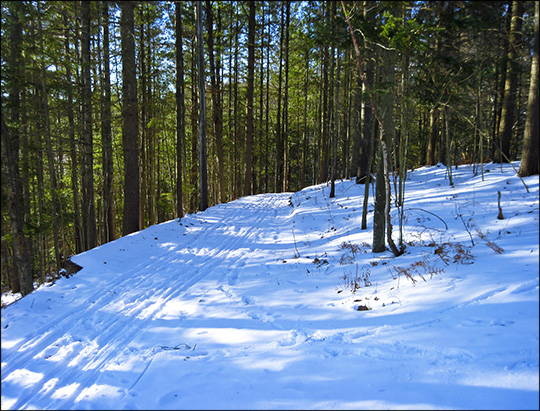


The Logger’s Loop Trail is a six-mile hiking trail that traverses a wide range of habitats on the eastern side of the VIC property. The trail can be accessed close to the VIC building, as well as from numerous intersections with other trails. Trail conditions vary widely, from pleasant shaded trails through conifer and mixed forest to grassy woods roads to wide, recently-constructed gravel logging roads. For the most part, the walking is fairly easy, with a few moderate hills. Work is now underway (fall 2013) to level the trail, remove standing water, and remove dangerous trees. Additional wood chips are also being installed to improve the trail surface. Some parts of the trail (those that follow the old VIC interpretive trails) have interpretive signage; this includes the northern portions of the trail east of the Fox Run Trail intersection and those portions of the trail near Shingle Mill Falls.
For hikers making a clockwise loop from near the VIC building, the eastern side of the trail follows a path parallel to State Route 30. The trail takes you through a mixed forest, featuring wildflowers such as Canada Mayflower, Wild Sarsaparilla, Bunchberry, Goldthread, and Starflower. Bird species that may be observed here include Black-capped Chickadee, Golden-crowned Kinglet, Hairy Woodpecker, and Black-throated Green Warbler.
The path then curves downward to the right toward Heron Marsh, affording excellent views of the marsh at Shingle Mill Falls. This provides opportunities to observe a wide range of bird species that make their home on and near the marsh, including Great Blue Heron, Ring-necked Duck, Mallard, and American Black Duck. Otter and snapping turtles have also been seen on this portion of the trail. North American River Otter have also been seen playing near the falls.
The trail then proceeds west as a narrow, grassy woods road, roughly paralleling the Keese Mills Road. You will pass two intersections with the Easy Street Trail. Logger’s Loop then curves away from the Keese Mills Road, traversing a deciduous forest and passing the edge of the radial plantation, near the gazebo on the Silvi Trail. Logger’s Loop then becomes a wide gravel logging road, passing intersections with the Woods and Waters Trail, the Skidder Trail, and the Esker Trail. The edges of the road are home to several sun-loving plants, such as Flat-topped White Aster and Queen Anne's Lace. The trail then changes again to a narrow woods road before intersecting with the Jenkins Mountain Trail, where you take a right.
The northern side of the Logger’s Loop Trail runs east along the Jenkins Mountain Road corridor. The trail leads through the Forest Ecosystem Research Demonstration Area (FERDA), showcasing modern forestry practices as they look on the land. The FERDA plots were developed with the USDA's Forest Service and Paul Smith's College to study and interpret the impacts of different cutting practices on natural communities in the Adirondacks. Chestnut-sided Warblers may be observed in those portions of the trail which cut through early transitional forest. Black-capped Chickadee and Winter Wren may be observed in the mature forest east of Barnum Brook. Look for Ruby-throated Hummingbird around the stand of Bee Balm next to the trail. Wildflowers which thrive on the north eastern part of the Logger’s Loop Trail include Trout Lily, Bunchberry, and Spreading Dogbane.
Logger’s Loop intersects with the Boreal Life Trail, then turns right toward the VIC building. The trail passes an intersection with the Barnum Brook Trail near the gazebo, and then passes through a shady, mixed forest directly in front of the VIC building, before emerging into the cleared area near the VIC building deck. Partridgeberry, Clintonia, Wild Sarsaparilla, and Goldthread grow along this portion of the trail.
During the winter, Logger’s Loop is groomed as a skate trail. Follow the dark khaki green trail markers.
